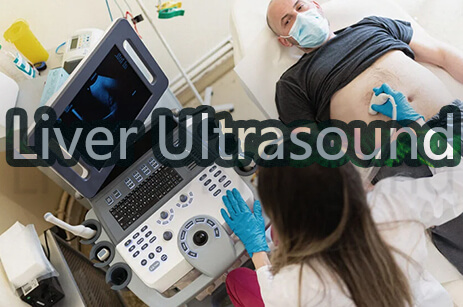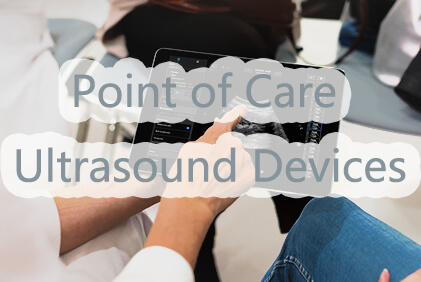1. Ultrasound Technology For Medical Purposes
The use of ultrasound waves for diagnostic or therapeutic reasons is known as ultrasonic imaging. Doctors can use ultrasound scanners and probes to examine problems with organs, tissues, and veins without making an incision. Ultrasound, unlike other imaging procedures, does not employ radiation. Ultrasounds are the primary means of observing a baby throughout pregnancy due to this.
However, ultrasound systems do not allow us to thoroughly study organs that contain a lot of air, such as the lungs or intestines, or organs encapsulated in very dense structures, such as the brain. This is due to the characteristics of the waves used.

2. Ultrasound Probe/Transducer
The ultrasonic probe, also known as a transducer, is the component of the ultrasound system that makes contact with the patient. It is where the crystals that broadcast and receive sound pulses are kept. A transducer is a device that converts energy from one form to another, such as a lamp or a television antenna. Similarly, the probe transforms electricity to sound and vice versa before sending the information to the ultrasound machine to be processed and displayed.
3. Types of Ultrasound Probes
The shape of the probe is the easiest way to determine the probe type. Each probe has a unique purpose. However, some can be used for various tests. Their shape and internal crystal makeup differentiate the way they display images and the frequencies on which they function. We'll go over some of the more popular ones in depth below.
The seven commonly used ultrasound probes include:
- Linear probe
- Convex probe
- Phased Array
- TEE (Transesophageal) Probe
- 3D/4D Scanner
- Pencil Probe
- Wireless Dual-head Probe
Linear probe
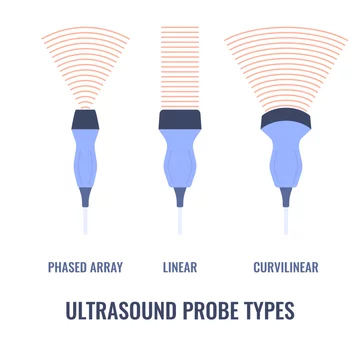
The array and appearance of linear probes are flat. Linear probes can be used for applications, including vascular, breast, thyroid, and tendon exams, among others. These probes often have a rectangular beam with excellent near-field resolution and run at a high frequency to achieve improved picture resolution.
Convex probe
The curved array of convex probes (also known as curved linear probes) offers for a larger field of view. In the convex array probe, the piezoelectric crystals are arranged in a curvilinear pattern. These are usually ideal for more in-depth investigations. These transducers are used for vascular, abdominal, OB/GYN, nerve, and musculoskeletal tests, among other things.
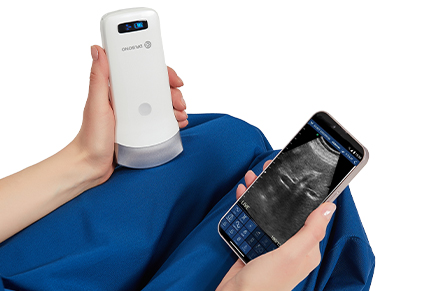
Phased Array
A phased array probe, also known as a cardiac probe, has a smaller handle with a square-shaped lens and array. The depth of phased array probes will be more significant in reaching the heart and producing an image. This transducer gets its name from its phased array crystal arrangement because phased array transducers contain fewer crystals.
TEE (Transesophageal) Probe
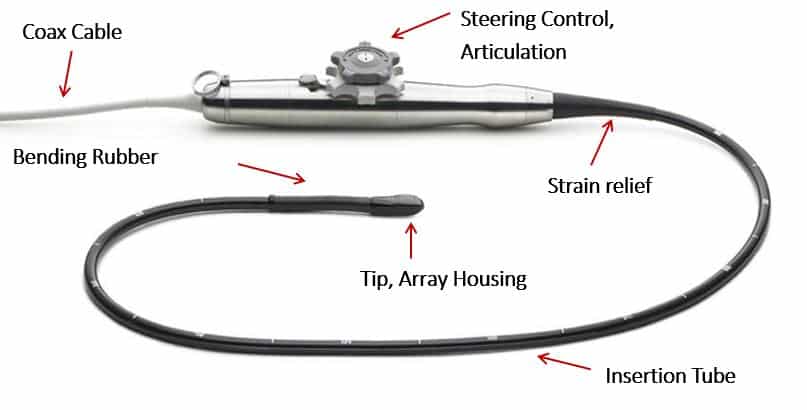
TEE probes are cardiac probes that provide obscured images of the heart by implanting the probe into the patient's esophagus and stomach. These probes can move in four different directions, governed by the handle controls.
3D/4D Scanner
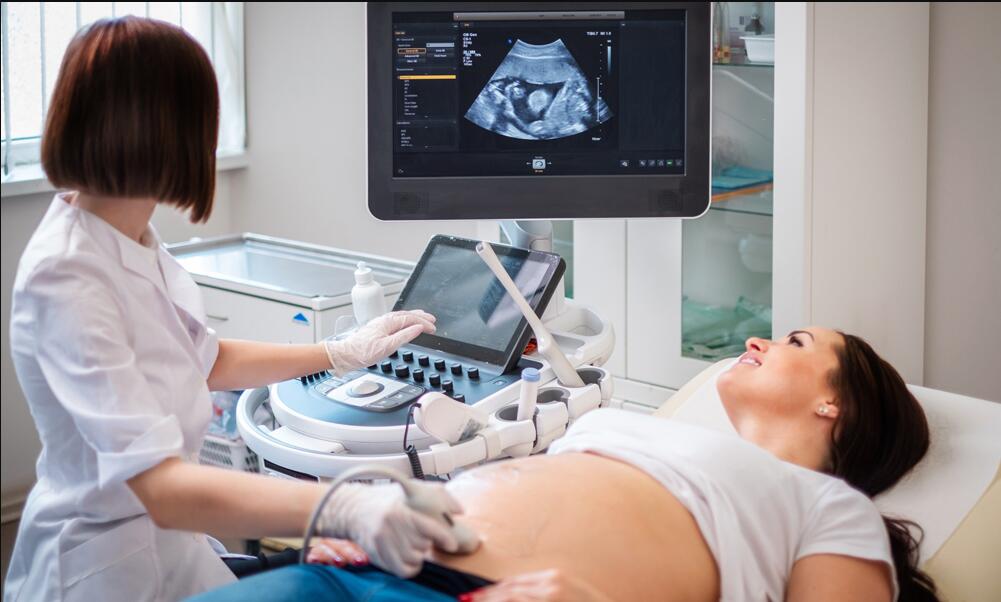
Excluding a moving array, 3D probes operate similarly to 2D probes. The variety within the probe moves in a sweeping motion, capturing image slices from various sides. The trapped pieces are then combined to create a 3D still image or a 4D live picture.
Pencil Probe
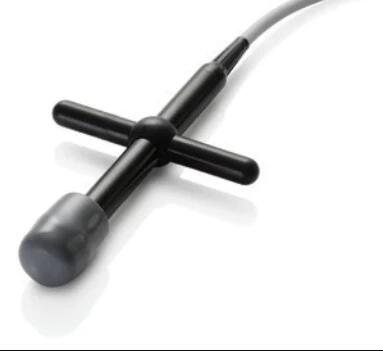
CW Doppler probes quantify blood flow and the speed of sound in the blood.
This probe is compact and operates at a low frequency (typically 2–8Mhz).
Transvaginal ultrasound
Types of Ultrasound Transvaginal Probes
Transvaginal ultrasound is a test that examines a woman's uterus, reproductive organs, tubes, cervix, and pelvic area.
Transvaginal means "across or through the vagina." During the test, the ultrasound probe will be located inside the vagina.
They were composed of two probes (with three scanning modes: convex, linear, and phased array), which can be used for multiple applications at once, including cardiac examination. It is more cost-effective than purchasing three separate probes.






